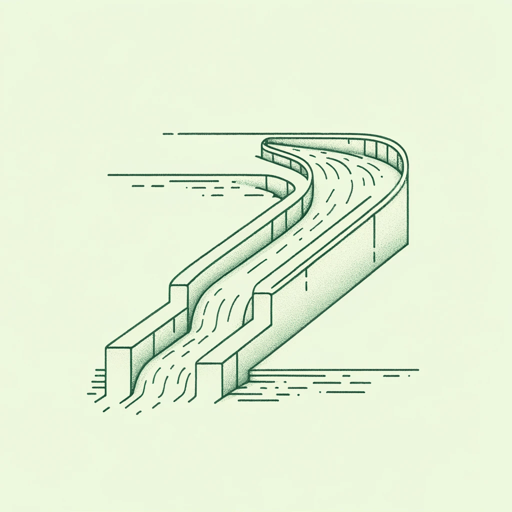65 pages • 2 hours read
John McPheeThe Control of Nature
Nonfiction | Book | Adult | Published in 1989A modern alternative to SparkNotes and CliffsNotes, SuperSummary offers high-quality Study Guides with detailed chapter summaries and analysis of major themes, characters, and more.
Essay 1
Essay 1: “Atchafalaya”
Pages 3-15 Summary
John McPhee describes a navigation lock on the Mississippi River that permits ships to drop several feet and descend out of the river to destinations to the west or the south. He notes that the territory adjacent to the river is Acadia or “Cajun country,” which is a term that refers to the descendants of French-Canadians who settled in southern Louisiana. McPhee chats with a man, Rabalais, who oversees the navigation lock. When Rabalais was young, there was no navigation lock; instead, the water—along with boats—streamed into the Atchafalaya River. The Atchafalaya has siphoned off water from the Mississippi for decades, and it won’t be long before the Atchafalaya overtakes the Mississippi completely. McPhee states that most of Louisiana owes its existence to the naturally shifting trajectory of the Mississippi River.
Booming cities like Baton Rouge and New Orleans would be threatened if the Atchafalaya overtakes the Mississippi and shifts course because these cities’ industries and way of life are dependent on the current location of the river. McPhee writes, “Nature, in this place, had become an enemy of the state” (7). Therefore, the US Army Corps of Engineers took on the task to stop the mighty Atchafalaya, which is how Rabalais came to work on the navigation lock.


